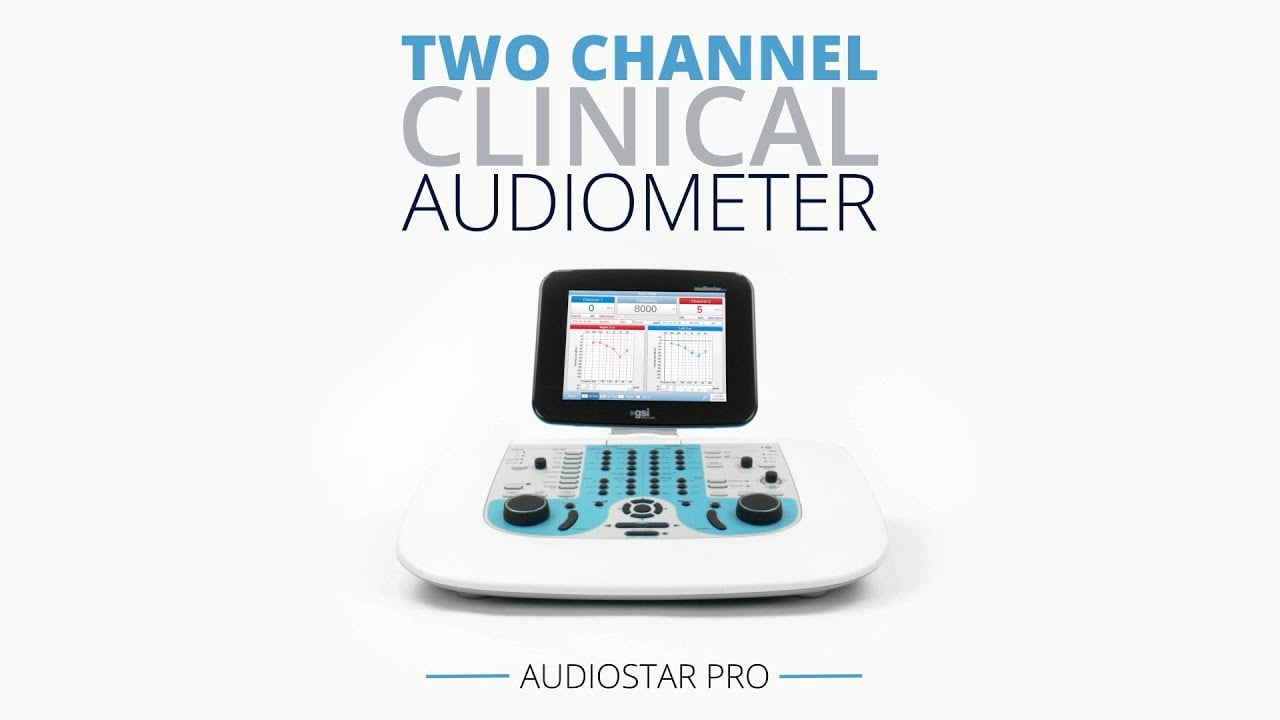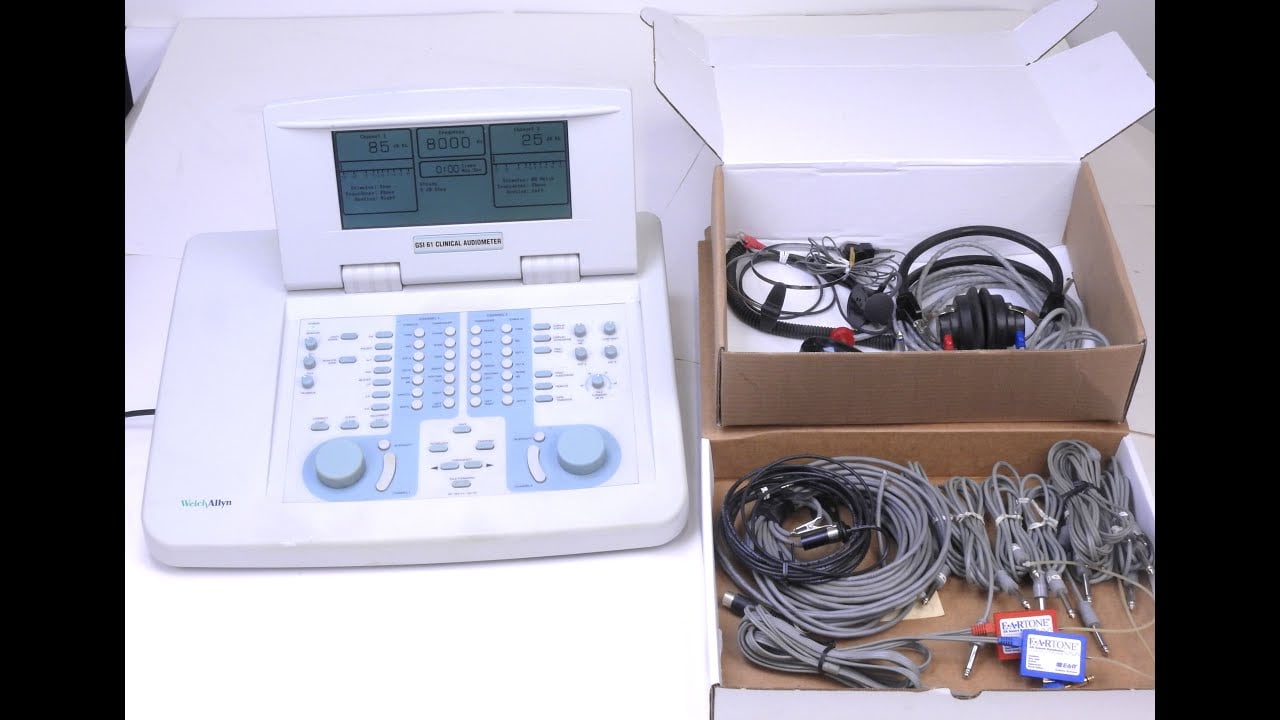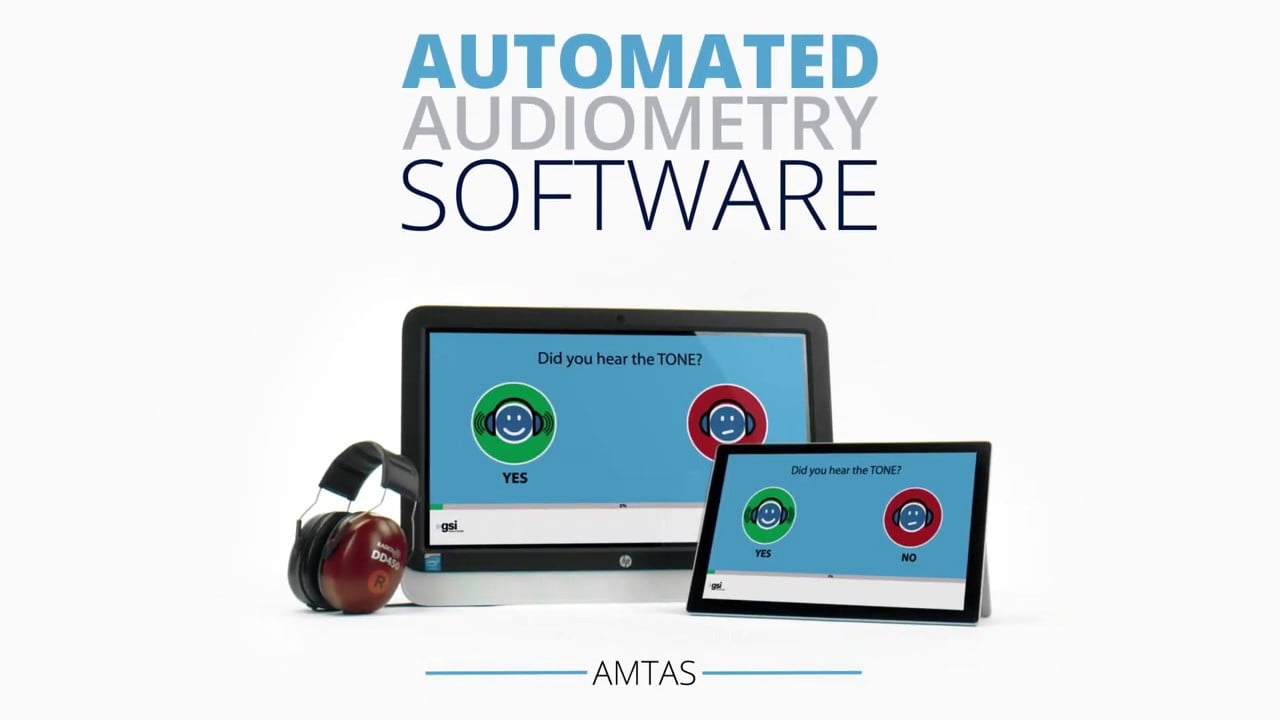GSI Audiometer Models: Complete Comparison Guide
Selecting the appropriate GSI audiometer for your clinical practice, hospital, or screening program requires careful consideration of features, capabilities, and intended applications. This comprehensive comparison guide analyzes the complete GSI audiometer lineup, helping healthcare professionals make informed equipment decisions based on clinical needs, budget considerations, and long-term practice goals.
#
GSI Audiometer Product Overview
GSI (Grason-Stadler Inc.) offers a comprehensive range of audiometric equipment designed for various clinical applications, from advanced research facilities to portable screening programs. Each model is engineered to meet specific testing requirements while maintaining GSI's reputation for accuracy, reliability, and compliance with international standards.
##
Product Categories
Premium Clinical Audiometers
Portable Screening Audiometers
Software-Based Solutions
#
Detailed Model Comparisons
##
GSI AudioStar Pro - Premium Clinical Solution
Target Applications:
Key Features and Specifications:
| Specification | GSI AudioStar Pro | Clinical Advantage |
|---------------|-------------------|--------------------|
| Frequency Range | 125-20,000 Hz | Extended high-frequency testing for ototoxicity monitoring |
| Intensity Range | -10 to 120 dB HL | Comprehensive dynamic range for all hearing levels |
| Channels | 2-channel with independent control | Simultaneous binaural testing capabilities |
| Transducer Support | TDH-39/49, ER-3A, B-71, B-81 | Full range of clinical transducers supported |
| Automation Level | Fully automated protocols available | Reduced testing time and operator variability |
| Data Management | Integrated patient database with EMR connectivity | Seamless workflow integration |
| Touchscreen Interface | 15-inch color touchscreen | Intuitive operation and comprehensive data display |
| Calibration | Automated daily checks with professional verification | Simplified quality assurance procedures |
Advanced Capabilities:
1. AMTAS Integration: Automated audiometry reduces testing time by up to 75%
2. High-Frequency Audiometry: Testing up to 20,000 Hz for early hearing loss detection
3. Comprehensive Masking: Advanced masking algorithms with automatic calculations
4. Speech Audiometry: Live voice and recorded speech testing capabilities
5. Tinnitus Assessment: Integrated tinnitus matching and masking protocols
Clinical Advantages:
Investment Considerations:
##
GSI 61 Clinical Audiometer - Versatile Manual Solution
Target Applications:
Key Features and Specifications:
| Specification | GSI 61 | Clinical Advantage |
|---------------|--------|--------------------|
| Frequency Range | 125-8,000 Hz | Standard clinical frequency range |
| Intensity Range | -10 to 120 dB HL | Full clinical intensity range |
| Channels | 2-channel manual control | Independent left/right ear testing |
| Controls | Analog controls with digital display | Tactile feedback for experienced operators |
| Masking | Manual masking with narrow-band noise | Flexible masking protocols |
| Portability | Desktop with optional carrying case | Semi-portable for multi-location use |
| Power Options | AC power with battery backup option | Reliable operation in various environments |
| Calibration | Biological checks with annual professional service | Standard calibration protocols |
Clinical Applications:
1. Pure Tone Audiometry: Comprehensive air and bone conduction testing
2. Speech Audiometry: Live voice capability with monitored live voice
3. Pediatric Testing: Visual reinforcement audiometry compatibility
4. Hearing Aid Evaluations: Functional gain and real ear measurement support
5. Industrial Audiometry: OSHA-compliant occupational hearing testing
Operational Benefits:
Cost-Effectiveness:
##
GSI 18 Screening Audiometer - Portable Screening Solution
Target Applications:
Key Features and Specifications:
| Specification | GSI 18 | Screening Advantage |
|---------------|--------|--------------------|
| Frequency Range | 500-8,000 Hz | Optimized for screening frequencies |
| Intensity Range | -10 to 70 dB HL | Adequate range for screening applications |
| Portability | Lightweight handheld design | Easy transport between testing locations |
| Battery Life | 8+ hours continuous operation | Full-day screening capability |
| Data Storage | Internal memory for 1000+ tests | Comprehensive screening data management |
| Setup Time | <2 minutes from power-on | Efficient screening workflow |
| Environmental | Durable construction for field use | Reliable operation in various conditions |
| Interface | Simple button controls with LCD display | Minimal training requirements |
Screening Protocols:
1. Pure Tone Screening: Automated pass/fail criteria at multiple frequencies
2. OSHA Compliance: Pre-programmed protocols for occupational screening
3. Pediatric Screening: Age-appropriate testing procedures and criteria
4. Data Management: USB connectivity for data transfer and reporting
5. Quality Control: Built-in calibration checks and performance monitoring
Screening Efficiency:
Economic Benefits:
#
Comparative Analysis Matrix
##
Technical Specifications Comparison
| Feature | AudioStar Pro | GSI 61 | GSI 18 | Clinical Impact |
|---------|---------------|--------|--------|----------------|
| Frequency Range | 125-20,000 Hz | 125-8,000 Hz | 500-8,000 Hz | Extended range enables ototoxicity monitoring |
| Maximum Output | 120 dB HL | 120 dB HL | 70 dB HL | Higher output accommodates severe hearing losses |
| Automation Level | Full automation | Manual control | Semi-automated | Automation reduces testing time and variability |
| Data Connectivity | EMR integration | USB/Serial | USB only | Integration streamlines clinical workflow |
| Calibration | Automated checks | Manual verification | Built-in checks | Automated systems reduce calibration errors |
| User Interface | Touchscreen | Physical controls | Button/LCD | Interface complexity affects training requirements |
| Portability | Stationary | Semi-portable | Fully portable | Portability determines application flexibility |
##
Clinical Application Suitability
Comprehensive Diagnostic Audiology:
General Audiology Practice:
Hearing Aid Dispensing:
Occupational Health Screening:
Educational and Training Programs:
#
Safety Precautions
⚠️ CRITICAL MODEL SELECTION SAFETY CONSIDERATIONS
- Maximum Output Limits: Ensure selected model provides adequate output for patient population without exceeding safe exposure levels
#
Cost-Benefit Analysis Framework
##
Total Cost of Ownership (TCO) Calculation
Initial Investment Components:
Annual Operating Costs:
Revenue Impact Analysis:
##
ROI Calculation Examples
GSI AudioStar Pro ROI Scenario:
```
Initial Investment: $40,000
Annual Operating Costs: $4,000
Increased Revenue (efficiency/automation): $15,000/year
Net Annual Benefit: $11,000
Payback Period: 3.6 years
5-Year ROI: 138%
```
GSI 61 ROI Scenario:
```
Initial Investment: $20,000
Annual Operating Costs: $2,500
Increased Revenue (capability enhancement): $8,000/year
Net Annual Benefit: $5,500
Payback Period: 3.6 years
5-Year ROI: 138%
```
#
Selection Decision Framework
##
Practice Assessment Questions
Patient Volume and Mix:
1. How many audiometric evaluations are performed monthly?
2. What is the distribution of hearing loss severity in your patient population?
3. Do you serve special populations requiring specific testing capabilities?
4. Are you planning to expand services or patient volume?
Clinical Capabilities Required:
1. Do you perform ototoxicity monitoring requiring high-frequency testing?
2. Is speech audiometry a significant component of your practice?
3. Do you conduct research requiring precise measurements?
4. Are automated protocols valuable for your workflow?
Operational Considerations:
1. What is your staff's experience level with audiometric equipment?
2. Do you have multiple testing locations requiring portable equipment?
3. How important is EMR integration to your practice efficiency?
4. What are your training time and resource constraints?
Financial Constraints:
1. What is your available equipment budget?
2. Can you justify premium features with increased revenue?
3. What financing options are available?
4. How does equipment cost compare to referral costs?
##
Decision Matrix Scoring
Create a weighted scoring system based on practice priorities:
| Criteria | Weight | AudioStar Pro Score | GSI 61 Score | GSI 18 Score |
|----------|--------|-------------------|--------------|---------------|
| Clinical Capabilities | 30% | 9/10 | 7/10 | 4/10 |
| Ease of Use | 20% | 8/10 | 6/10 | 9/10 |
| Cost-Effectiveness | 25% | 6/10 | 8/10 | 10/10 |
| Future Expandability | 15% | 9/10 | 5/10 | 3/10 |
| Training Requirements | 10% | 5/10 | 7/10 | 9/10 |
Calculate weighted scores to guide selection decision.
#
Future-Proofing Considerations
##
Technology Evolution
Emerging Trends:
Equipment Longevity:
##
Practice Growth Planning
Scalability Considerations:
#
Conclusion
Selecting the optimal GSI audiometer requires careful analysis of clinical needs, operational requirements, and financial considerations. Each model in the GSI lineup serves specific market segments and applications effectively.
Recommendations by Practice Type:
Advanced Clinical Practices: GSI AudioStar Pro provides comprehensive capabilities, automation, and integration that justify the premium investment for high-volume practices emphasizing efficiency and advanced diagnostics.
General Audiology Practices: GSI 61 offers the ideal balance of clinical capability, operational flexibility, and cost-effectiveness for most audiology practices requiring comprehensive diagnostic capabilities.
Screening Programs: GSI 18 delivers efficient, portable screening capabilities at an accessible price point, making it ideal for high-volume screening applications.
Multi-Location Practices: Consider mixed equipment strategies, with GSI AudioStar Pro in primary locations and GSI 61 or GSI 18 for satellite facilities based on testing volume and complexity.
The key to successful equipment selection lies in matching GSI audiometer capabilities to specific practice needs while considering long-term growth and technology evolution. Proper evaluation using the frameworks provided in this guide will ensure optimal equipment investment and clinical outcomes.
---
Legal Disclaimer: This comparison guide is for informational purposes only. Equipment specifications and pricing may vary. Always consult current GSI documentation and authorized dealers for the most accurate product information and pricing. Consider professional consultation for major equipment purchases.



